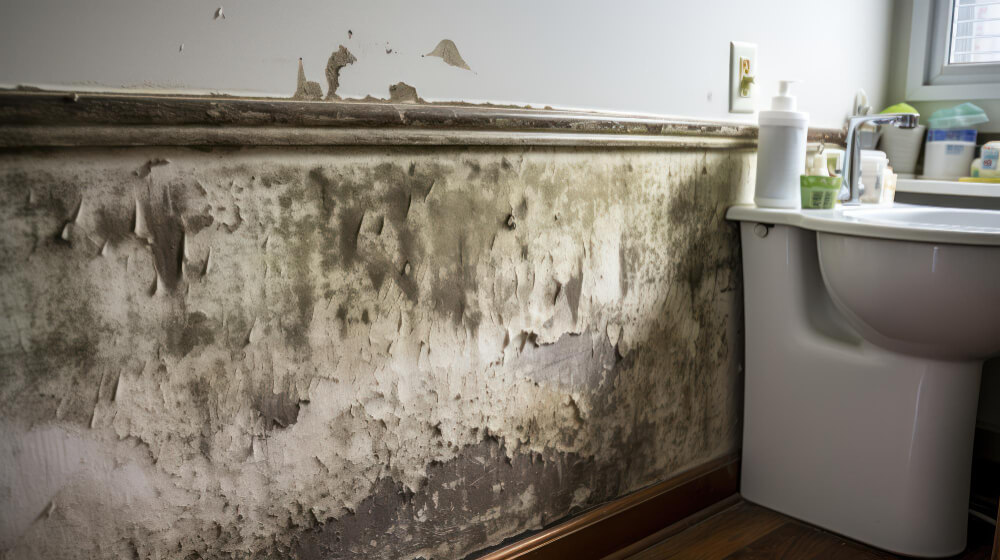The health and safety of your tenants are paramount as a landlord or property manager, especially in affordable housing, where residents may face unique challenges. One of the biggest challenges is health code violations.
If you don’t take it seriously, you may end up with compliance issues. This is because health code violations can arise, presenting potential risks to tenants’ well-being and legal liabilities for property owners. To avoid this landlords and property managers need to know about health code violations for apartments and rentals.



In this blog, we’ll explore how landlords and property managers can effectively identify, address, and prevent health code violations in affordable housing properties across the United States.
Understanding Health Code Violations:
Conditions in a property that threaten the health and safety of its occupants are considered health code violations. These violations can encompass a wide range of issues, including but not limited to:
- Mold and mildew
- Damaged septic tank and system
- Pest infestations (such as rodents, and insects)
- Structural damage
- Plumbing and sanitation issues
- Electrical hazards
- Lack of proper heating or ventilation
Identifying Health Code Violations:
The first step to addressing health code violations is to identify them. For this, you might need to do a thorough inspection of interiors and exteriors or note any safety concerns. Here are some signs of health code violations:
- Visible mold growth on walls, ceilings, or other surfaces
- Presence of pests such as cockroaches, mice, or bedbugs. In the case of pests like bed bugs, you should know who is responsible for getting rid of them by identifying the source.
- Leaking or broken pipes, faucets, or toilets
- Electrical outlets or wiring that are damaged or not functioning properly
- Cracks or damage to walls, floors, or ceilings
- Inadequate heating or cooling systems
Along with these issues as a landlord or a property manager, you should inspect if the tenant is a hoarder, as this can cause troubles in the future. You need to train housing staff and make them aware of the health code violations that can arise due to hoarding.
Reporting Health Code Violations:
Once property staff identify a health code violation, it’s important to report it promptly to their property manager, landlord, or local housing authority. Ask them to document the issue with photographs or written descriptions to provide evidence of the violation. If the tenant themselves reports any issue you should try to address the issue as soon as possible.
You should also document the conversation and the addressed concerns for future reference.
Documenting Your Efforts:
You need to keep detailed records of every communication, inspection, and repair you do to resolve health code violations. Your documentation can help you show that you’ve tried to fix the problem and can be helpful if you need to take more action.
You should keep copies of any correspondence, inspection reports, repair invoices, and pictures related to the health code violation. If you have this documentation, you can make your case stronger.
Following Up:
As soon as a health code violation has been reported and the necessary steps have been taken to remedy it, follow up on the progress of repairs or improvements as soon as possible. You should stay in contact with your tenant to ensure that the issue is being addressed as soon as possible.
The tenant’s safety and well-being should always be the top priority, and you have the right to live in a safe and healthy environment.
Conclusion:
Dealing with health code violations in affordable housing can be challenging, but by taking proactive steps, you can effectively address these issues and ensure a safe living environment for your tenants. Together, we can work towards healthier and more sustainable housing for all.




